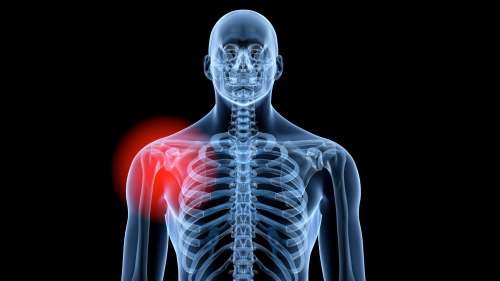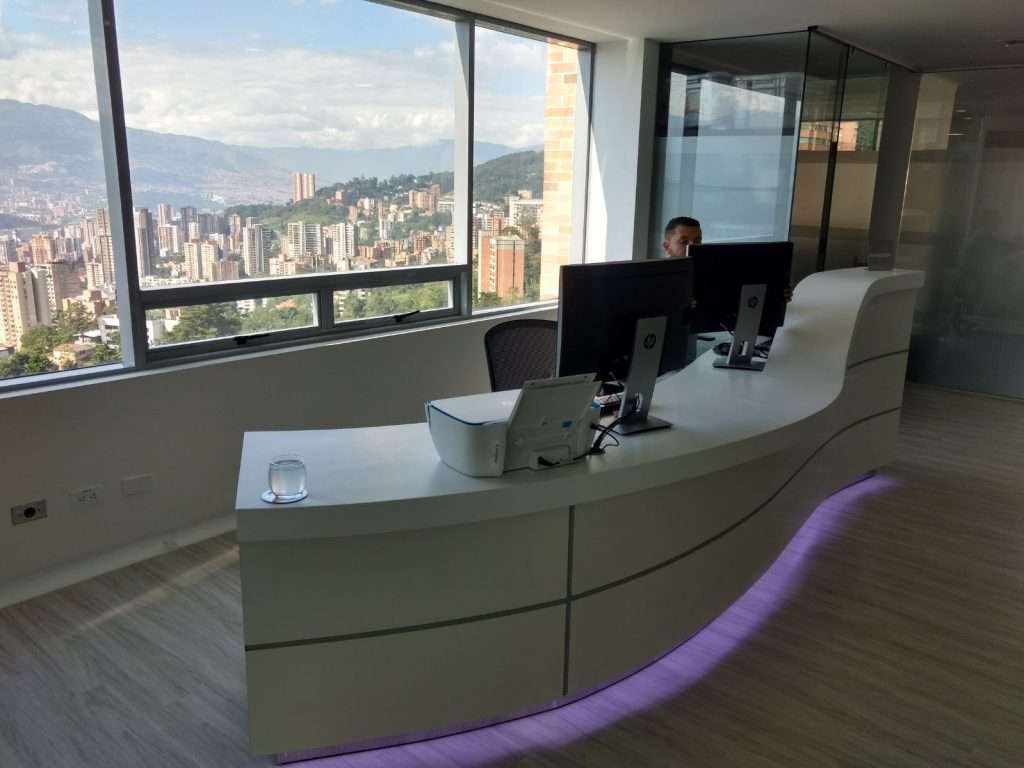ROTATOR CUFF SYNDROME
What is it?
The rotator cuff is an anatomical and functional structure composed of four muscles: supraspinatus, infraspinatus teres minor and subscapularis. This structure is important to maintain the integrity of the glenohumeral joint and to guarantee important movements of the shoulder as abduction and rotation.
Shoulder injuries frequenlty involve the rotator cuff, as the distribution of the tendos of these four muscles makes them prone to be trapped between the humeral head and the coracoacromial arch.
Tears are frequently seen in patients that have to make repetitive movements common in sports and other Jobs. On the other side, impingement is usually caused by tendinosis, which is an age related condition.
Physical examination is usually enogh to determine if there is an injury of the rotator cuff, but images are often needed to determine the extent of the injury and to make and exact anatomical approach.
Symptoms
Pain is the main symptom of rotator cuff syndrome. This pain worsens when abducting the affected shoulder and when patients sleep on the affected side. Swelling is rarely seen, as are changes in color of the surrounding skin.
Treatment options vary from physical therapy and antiinflamatories to surgery. The last one is reserved for actue traumatic rotator cuff tears or for severe cases. When injuries are way too severe, even surgery may not be capable of repairing it. One out of four patients experience new tears after surgical management of this injury, even when initially succesful.
Stem cell treatment
Mesnechymal stem cell therapy has shown great results in the management of various joint conditions, including shoulder problems. Mesenchymal stem cell regenerative properties have been long studied, but the most important effect in this kind of injuries is the immunomodulatory effect, reducing pain, inflammation and improving functionality in almost seventy percent of treated patients when treated with mesenchymal stem cells alone. Other studies have shown that when surgery is required, application of stem cell therapy improves recovery time and rates and also reduces postsurgical recurrence of the injury.
This therapy is applied with direct injections into the joint donde by an expert orthopedist. It is done in a procedures room and patients don’t need anesthesia for this. The procedure takes approximately 20 minutos and patients are able to leave the facilites almost as son as the procedure is over.
After the application patients may feel some pain or soreness that lasts from between 3 to 7 days. We can recommend some painkillers but use of antiinflamatories is discouraged as they may interfere with the effect of the cells in your body.
It is recommended for patients to rest for the first week and then begin physical therapy and light excercise to avoid further inflammation.
Results are usually seen after three to six months after applying the therapy and some scientific literature has shown that sustained results are seen for more than 3 years. Patients may feel some improvements before this time, but in order to evaluate full responses patients are encouraged to wait before making new clinical evaluations.


